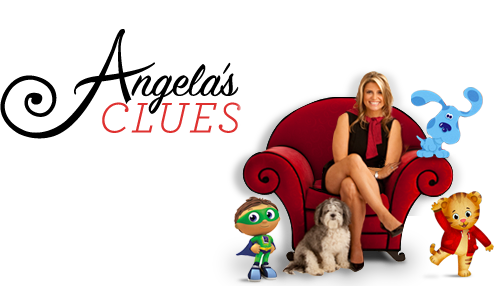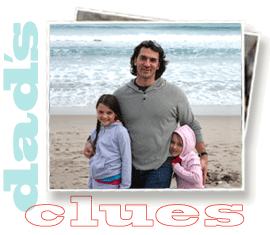 Bullying has been a top story in the news lately but if you’ve spent any time talking or reading about the subject, you’ll find a huge range in opinions about what actually constitutes bullying and even what age bullying can begin. We adults have a hard time agreeing what is “normal” kids-being-kids stuff and what is malicious and potentially dangerous.
Bullying has been a top story in the news lately but if you’ve spent any time talking or reading about the subject, you’ll find a huge range in opinions about what actually constitutes bullying and even what age bullying can begin. We adults have a hard time agreeing what is “normal” kids-being-kids stuff and what is malicious and potentially dangerous.
Since my own 11 year old daughter is dealing with some of this now in middle school, I did a little research on the subject to help her, and me, tackle these issues in a way we can both feel good about. I think it is important for her to take the lead when confronting a possible bully, but I want her to know that I’m standing firmly behind her in how she handles each situation…especially when I’m not there.
I found that American Girl makes a well thought out but simple book called, Stand Up for Yourself & Your Friends: Dealing with Bullies and Bossiness, and Finding a Better Way. It is written specifically for girls, however, the information can be applied to boys equally well. Though it targets ages 8+, many of the tips can be shared with children as young as pre-school when they are first learning to navigate friendships.
Often children are unsure as to whether or not the behavior should be considered bullying. The book that can help your child identify bullying behavior:
• Gossiping & spreading rumors
• Name-calling
• Intentionally & repeatedly leaving someone out
• Teasing & insulting
• Intentionally embarrassing someone
• Scaring or threatening someone
• Telling secrets that were shared in confidence
• Using a computer to do any of the above (cyber-bullying)
The book goes on to help each reader by giving her tips on how to  either A) ignore the bullying behavior or B) speak up in a way that will be both effective and not cause her trouble of her own. Next, it gives advice for staying strong under pressure, figuring out why her bully might be acting that way, when to seek support from grown-ups, and finally, how to make sure she is being a good friend herself and what to do if she makes a mistake that hurts someone’s feelings.
either A) ignore the bullying behavior or B) speak up in a way that will be both effective and not cause her trouble of her own. Next, it gives advice for staying strong under pressure, figuring out why her bully might be acting that way, when to seek support from grown-ups, and finally, how to make sure she is being a good friend herself and what to do if she makes a mistake that hurts someone’s feelings.
There is also a companion journal that offers quizzes and questions for the reader to work out her thoughts and feelings. My daughter dove right into it.
Let us know how you may have handled a bullying situation with your child or yourself and how it worked out in the end.

















